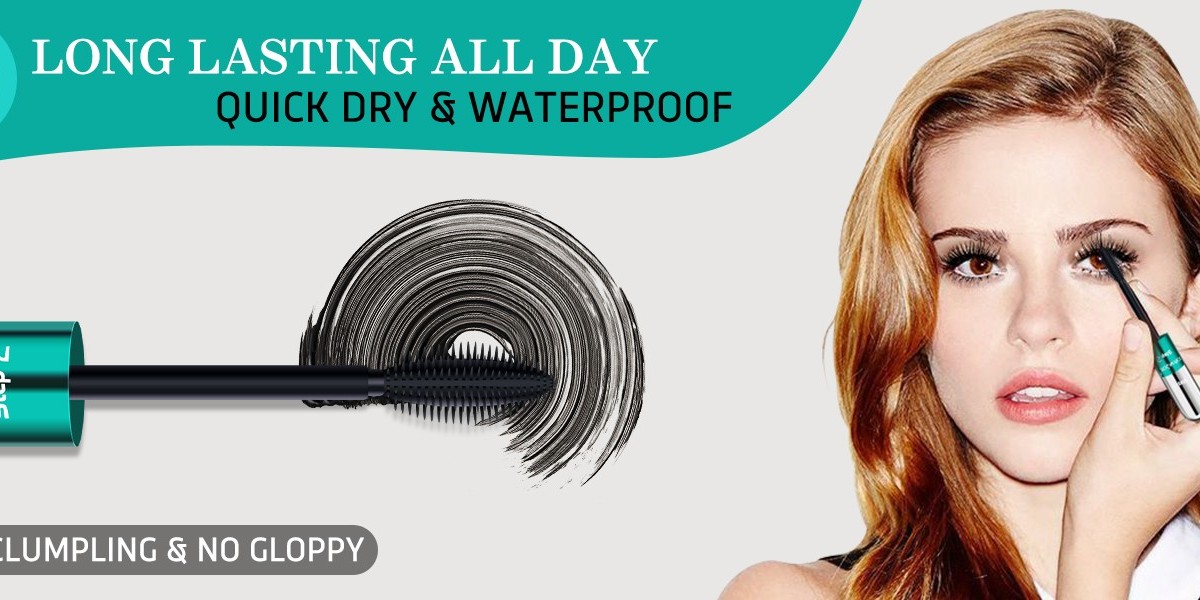Introduction
In the textile and garment industry, product labeling is far more than a formality—it is a necessity. From brand identity and regulatory compliance to end-user care and washing instructions, the label plays a vital role. Among the various labeling technologies, washcare barcode ribbons have emerged as a crucial component for creating durable, legible, and reliable fabric care labels that withstand the rigors of laundering, dry cleaning, and everyday wear and tear.
This article delves into the world of washcare barcode ribbon, explaining what they are, how they work, their types, advantages, and how to choose the right ribbon for your business.
What Is a Washcare Barcode Ribbon?
A washcare barcode ribbon is a type of thermal transfer ribbon specifically engineered for printing labels that must endure exposure to water, detergents, heat, friction, and chemicals. These ribbons are used with thermal transfer printers to print barcodes, washing instructions, size details, material compositions, and brand logos on fabric labels—typically made from materials like satin, nylon taffeta, or polyester.
Unlike standard barcode ribbons used for paper labels, washcare ribbons are designed for high durability and wash resistance, making them ideal for garments, uniforms, sportswear, bedding, and other textile products.
How It Works
Washcare barcode ribbons operate using thermal transfer printing technology. In this process:
The ribbon is coated with a specialized ink or resin formulation.
Heat is applied by the thermal print head in the printer.
The heat causes the ink to transfer from the ribbon onto the label substrate.
The result is a permanent print that becomes part of the fabric label.
This method ensures the print stays intact even after multiple washing or dry-cleaning cycles.
Types of Washcare Barcode Ribbons
There are several types of ribbons used in washcare applications, typically categorized based on their composition:
1. Resin Ribbons
Best for: High-durability applications.
Properties: Superior resistance to washing, dry cleaning, chemicals, and abrasion.
Substrates: Ideal for printing on synthetic fabrics like polyester and nylon.
Use cases: Military uniforms, industrial garments, medical textiles.
2. Resin-Enhanced Wax Ribbons
Best for: Moderate durability needs.
Properties: Lower cost but less durable than full resin ribbons.
Use cases: Light-duty garments, temporary labels, or less frequent washing items.
3. Hybrid Ribbons
Combine features of wax and resin for balanced performance.
Not ideal for heavy washing but suitable for general textile labeling with mild wash needs.
Key Features and Benefits
1. Durability
Washcare ribbons produce prints that resist:
Repeated machine washes
Industrial laundering
High heat (ironing and drying)
Harsh detergents and bleaching agents
2. Clarity and Precision
High-definition printing for detailed logos, care symbols, and small barcodes.
Sharp, smudge-proof, and fade-resistant output.
3. Versatility
Compatible with a wide range of textile materials.
Suitable for various industries including fashion, hospitality, healthcare, and manufacturing.
4. Compliance Support
Helps meet international garment labeling standards (e.g., ISO, ASTM, or EU care labeling regulations).
Choosing the Right Washcare Ribbon
Selecting the correct ribbon depends on several factors:
1. Substrate Material
Different label fabrics react differently to ribbon types. Polyester may require a full resin ribbon, while coated nylon might work with a hybrid.
2. Washing Conditions
Consider the end-use. For example:
Hospital uniforms: frequent high-temperature washing and sterilization.
Fashion apparel: standard home laundry conditions.
Outdoor gear: exposure to UV, water, and mud.
3. Printer Compatibility
Ensure the ribbon is compatible with your specific thermal transfer printer brand and model (e.g., Zebra, TSC, Sato, Godex).
4. Environmental Considerations
Opt for ribbons with eco-friendly formulations or those manufactured under sustainable practices.
Common Applications
Garment Care Labels: Printed with care symbols, brand info, and fiber content.
Uniforms and Workwear: Durable ID labels that withstand industrial laundering.
Healthcare Textiles: For scrubs, bedding, and lab coats requiring sterile processing.
Retail Apparel: Fashion labels that reflect brand quality and legal compliance.
Best Practices for Use
Store ribbons in a cool, dry place to prevent degradation.
Match ribbon width to label width to avoid waste and ensure print alignment.
Use the right print settings (temperature, speed) for optimal transfer and durability.
Conduct wash tests on sample labels before full-scale production.
Final Thoughts
The washcare barcode ribbon may seem like a small component in the larger textile manufacturing process, but its importance cannot be overstated. It ensures that labels remain legible and intact for the lifetime of the garment, preserving both function and brand value. Investing in the right ribbon type not only enhances customer satisfaction but also reinforces regulatory compliance and product longevity.








